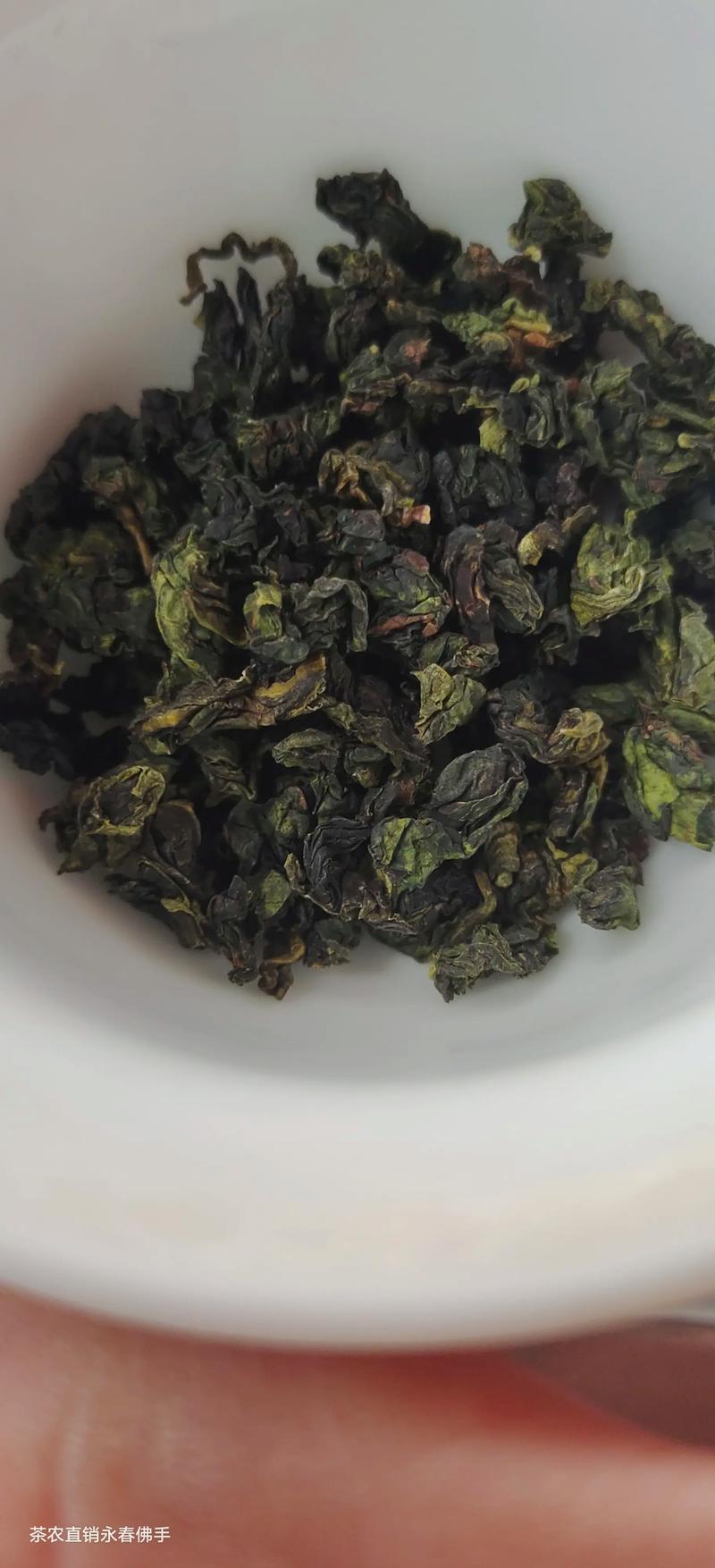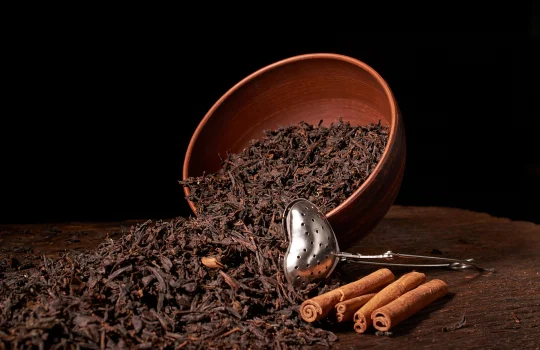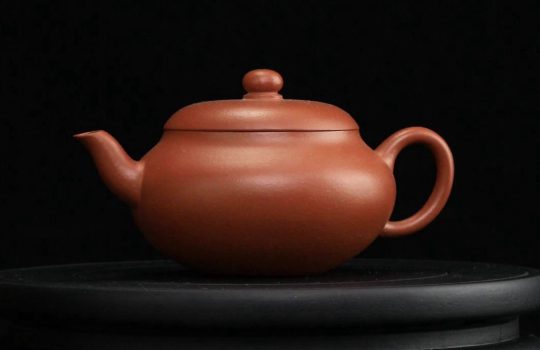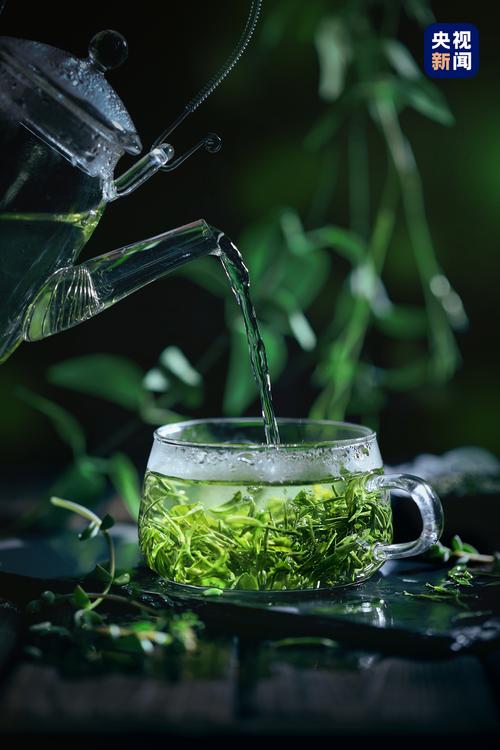Origin of Yongchun Buddha Hands: Shukeng, Yudou, Guiyang and other places in Yongchun County, Fujian Province.
Quality features: The dried tea strips are tightly tied and plump, curled, with a sandy green and glossy color, and the stems are small and smooth.
Soup color: Orange yellow clear.
Aroma: Long and rich.
Taste: mellow and sweet.
Leaf base: bright yellow green, wavy in shape.
Overview of Yongchun Buddha Hand Tea
Yongchun bergamot tea, also known as citron tea and snow pear, is also known as “golden bergamot” because of its shape like bergamot, rare and precious, and is a famous product with unique flavor in Fujian oolong tea. Yongchun Buddha’s hand is divided into two types: red bud Buddha’s hand and green bud Buddha’s hand, among which the red bud Buddha’s hand is the best.
Yongchun Buddha’s Hand originated in the Northern Song Dynasty. Legend has it that a monk from Qihuyan Temple in Anxi County grafted tea tree branches onto Buddha’s Hand oranges and carefully cultivated them. The method was taught to the junior brother of Shifengyan Temple in Yongchun County, and nearby tea farmers have been competing to introduce it to this day.
Tasting of Famous Tea
The finished tea strips of Yongchun Buddha’s Hand are tight and plump, curly, with a sandy green and glossy color, a strong and sharp aroma, a sweet and mellow taste, and are resistant to brewing. The soup color is orange yellow and clear. When brewed, the tea has a rich and fragrant aroma, flowing slowly and gracefully, just like the continuous fragrance emitted by several excellent fruits such as Buddha’s hands and citron placed in the room, refreshing the heart and soul.




